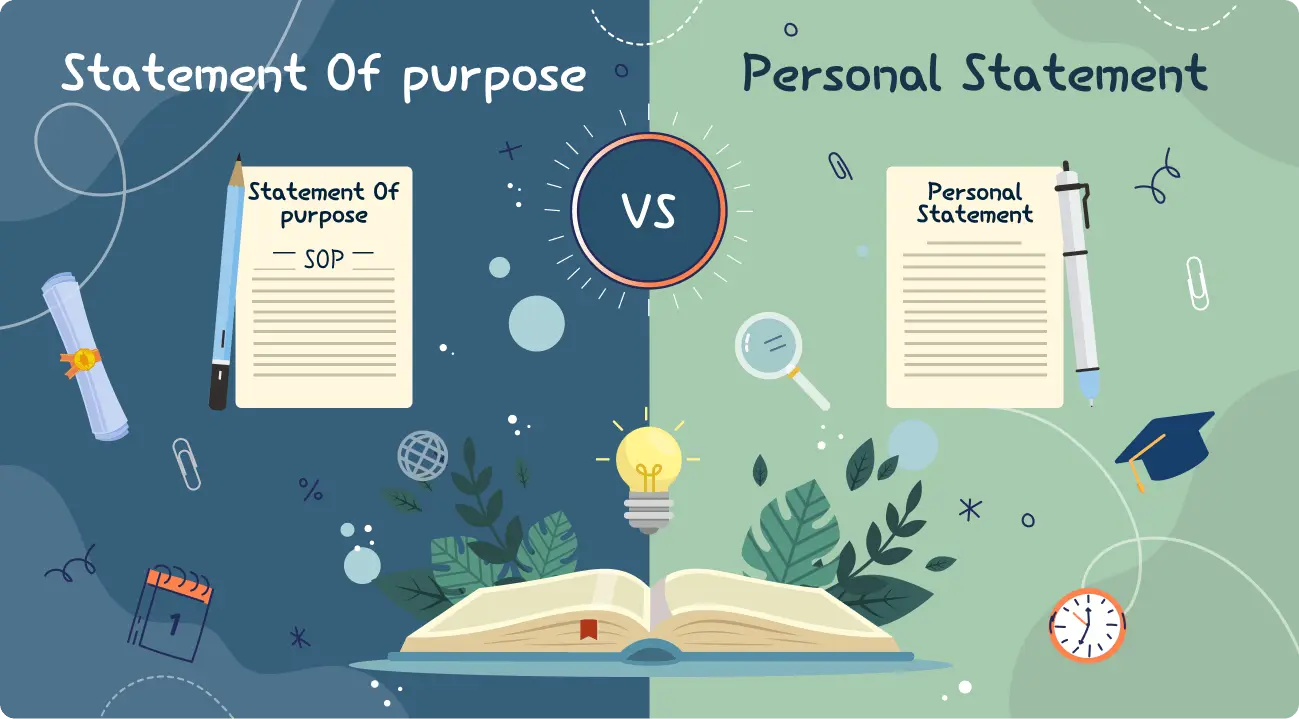Overcoming Writer's Block: Effective Tips for Starting Your SOP
By - Admin | September 01, 2024

Writing a Statement of Purpose (SOP) is a critical part of your application process, but it can be intimidating, especially when you're facing writer's block. The pressure to convey your academic journey, career aspirations, and unique qualities can make it difficult to get started. If you find yourself stuck, don’t worry—here are some practical strategies to help you overcome writer's block and begin crafting a compelling SOP.
1. Brainstorm and Mind Map Your Ideas
Overcoming writer’s block often begins with organizing your thoughts. Start by brainstorming and jotting down everything that comes to mind about your experiences, motivations, and goals. This free-writing approach allows you to capture raw ideas without worrying about structure or grammar.
Mind mapping can also be an effective tool. It helps you visually organize your ideas and see how different aspects of your academic and professional life connect. By creating a visual representation, you can identify key themes and narratives to include in your SOP.
2. Start with a Hook to Grab Attention
One of the best ways to begin your SOP is with a strong hook. This could be a captivating anecdote, a thought-provoking question, or a powerful statement that immediately engages the reader. A compelling opening sets the tone for your SOP and encourages the admissions committee to continue reading.
3. Focus on Your Motivation and 'Why'
Reflect on the reasons why you’re applying to this specific program. Consider what drives you, what you’re passionate about, and what you hope to achieve. Clearly articulate your motivations and connect them to your past experiences and future goals.
By focusing on your 'why,' you create a cohesive narrative that links your academic background and professional aspirations with the program you’re applying for. This not only helps overcome writer’s block but also strengthens your SOP by making it more personal and goal-oriented.
4. Tell a Story with Your SOP
Your SOP should not just be a list of accomplishments but a narrative that tells your story. Weave your experiences, challenges, and achievements into a compelling narrative that reflects your personal and academic journey. Use vivid language to bring your story to life, making it engaging and memorable.
5. Break Down the Writing Process
Facing the entire SOP as one large task can be overwhelming. Instead, break it down into smaller, manageable sections, such as your academic background, research interests, career goals, and reasons for choosing the program. Focus on one section at a time, and don’t worry about perfecting it on the first draft. This approach makes the task less daunting and helps maintain momentum.
6. Seek Feedback Early and Often
Don’t hesitate to share your draft with friends, family, or mentors for feedback. An outside perspective can offer valuable insights and help you refine your SOP. If you’re still struggling, consider seeking professional help from a writing tutor or admissions consultant. They can provide expert advice and help you polish your SOP.
7. Revise, Revise, Revise
Remember, writing is a process. Your first draft doesn’t have to be perfect. Embrace the revision process, where you refine and sharpen your ideas. Focus on clarity, coherence, and conciseness. Revising multiple times ensures that your SOP is well-organized and clearly communicates your strengths and aspirations.
Start creating your personalized Statement of Purpose now
Create Your SOP TodayFinal Thoughts
Overcoming writer’s block when starting your SOP is all about taking the first step and breaking the task into smaller, manageable parts. By brainstorming, telling your story, and seeking feedback, you can craft a compelling SOP that stands out. Remember, the key is to start writing—even if it’s just a rough draft—and then refine your work through revision.



















 Mobile number is verified
Mobile number is verified


Leave a Comment
Your email address will not be published. Required fields are marked